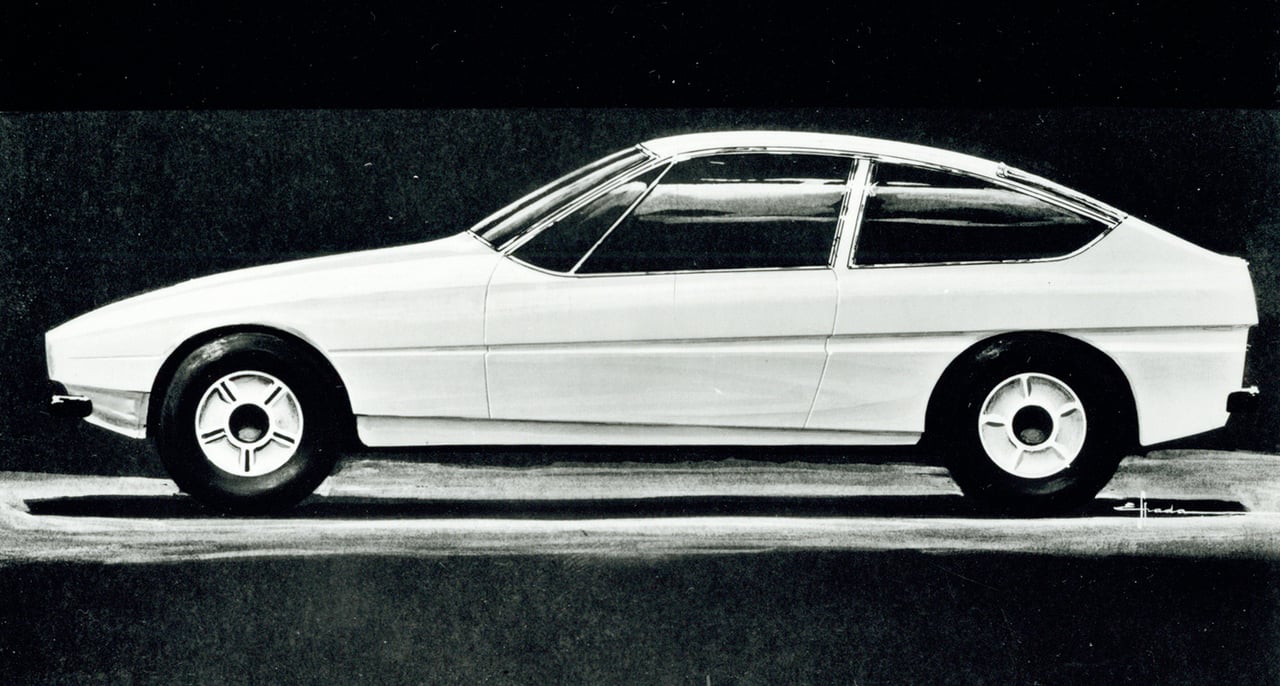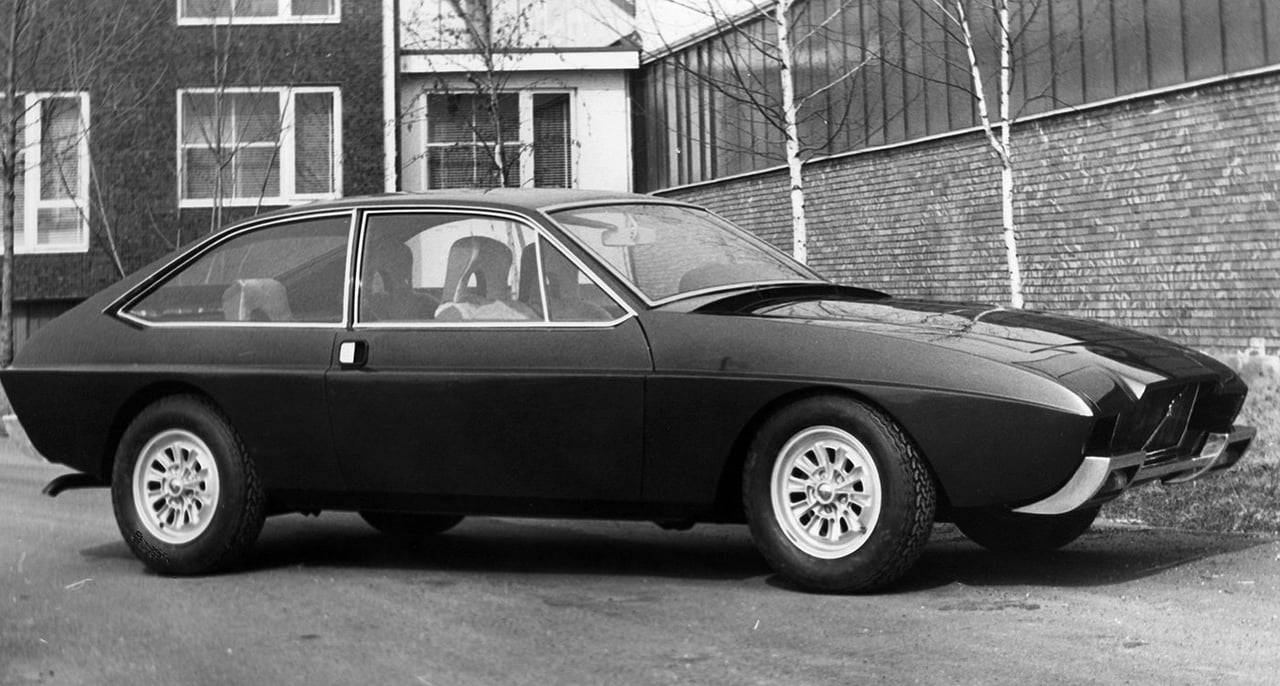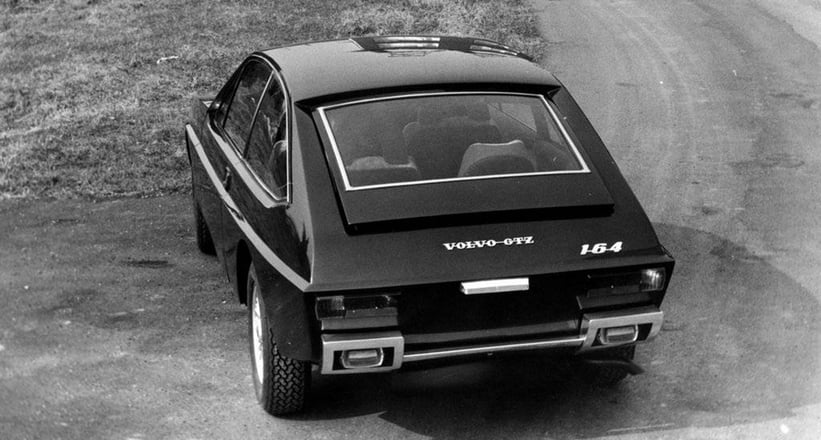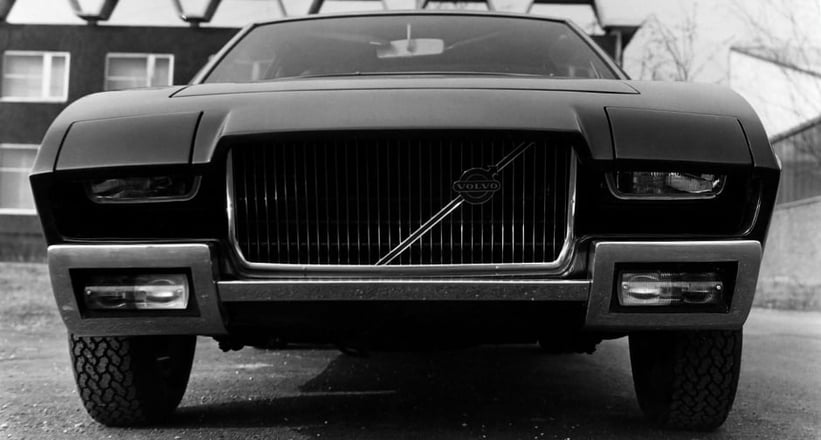Swedish-Italian collaborations might not occur all that often, but when they do, heads turn – take Isabella Rossellini, for example. In the mid-60s, Volvo’s imports to Italy were handled by a company named Motauto, which recognised that while Volvos were respected for their solidity, they were no match for the sports cars of Alfa Romeo or Lancia in terms of desirability. For the 1965 Turin Motor Show, Motauto commissioned Italian coachbuilder Fissore to create a P1800-based coupé concept in an attempt to lure Volvo into a production run, but sales of the standard car were so successful the Swedes saw no necessity.
Second bite at the cherry

Dejected yet undeterred, Motauto waited patiently for the P1800 to show its age before commissioning Zagato to produce a prospective replacement based on 140 series underpinnings. Named the GTZ, it was first shown on the coachbuilder’s stand at the 1969 Turin Motor Show across the way from the also-debuting Alfa Romeo Junior Z, to which it bore a distinct resemblance. While the Volvo concept reportedly found a buyer on the spot, top brass in Gothenburg remained unresponsive – but supposedly left the door ajar for a follow-up proposal.
No double-bubble, just triple the frustration



Following this trail of breadcrumbs, Motauto asked Zagato to start afresh on the basis of a Volvo 164. Not only was the resulting GTZ 3000 shorter, wider and lower than the donor in original form, it had also shed some 300kg and been honed for aerodynamic efficiency. Alfa Montreal-like headlamp covers were implemented, while a bonnet that peaked above the rectangular grille provided a more tangible link to Volvo’s own design language. But despite a warm reception from visitors to the 1970 Geneva Motor Show at which it landed, Volvo once again declined. Three strikes, and Motauto declared itself out.
While the original Volvo GTZ supposedly vanished after its instant sale in Turin, its successor was last seen in a Swedish garage in the late 2000s, albeit in dire need of some TLC. Neither could claim to have the visual coherence of Rossellini in her prime, but we’re sure they’d be most welcome as a surprise entrant at a modern concours event on merit of oddity alone.
Photos: Zagato archives/Volvo archives









